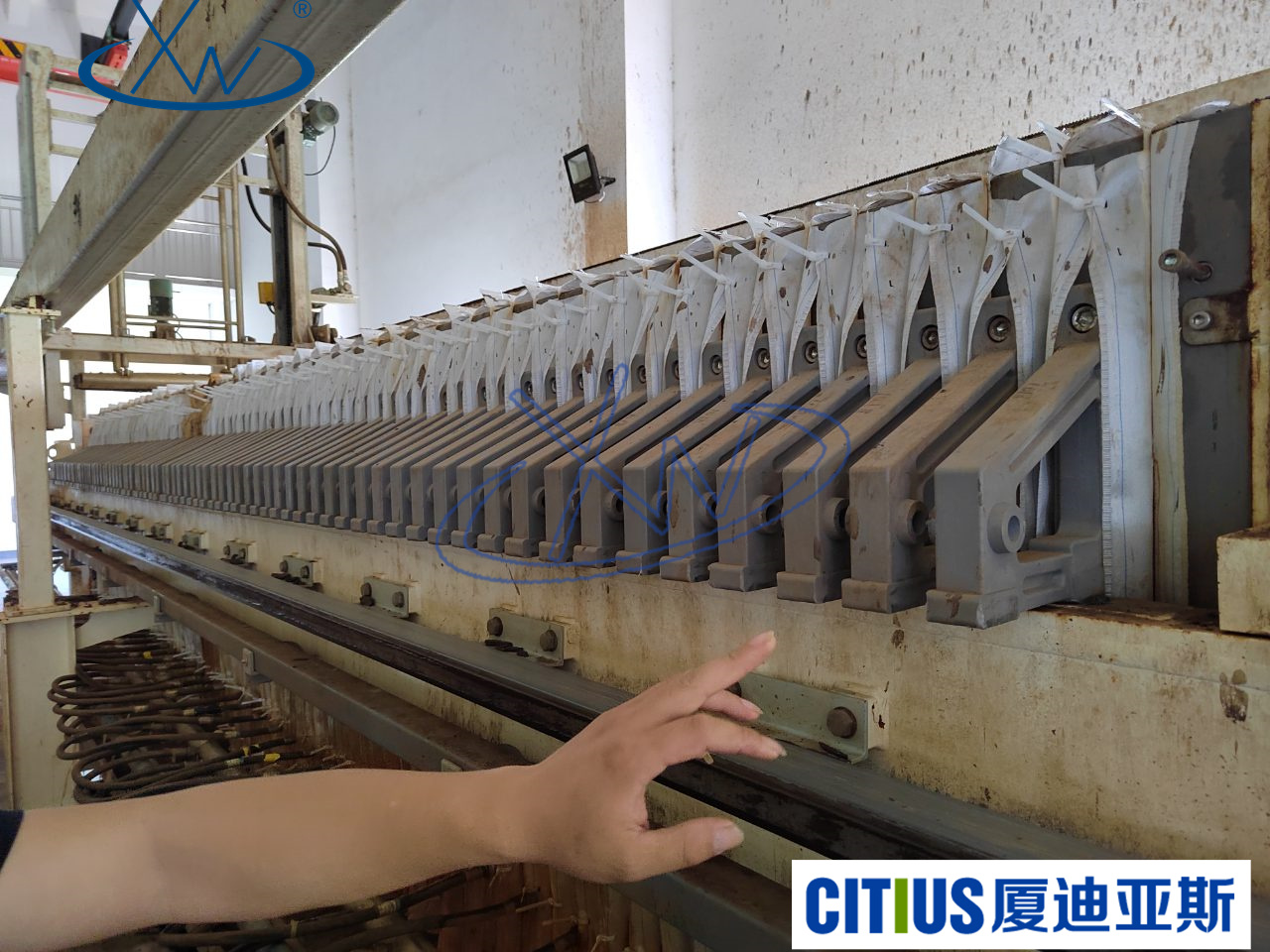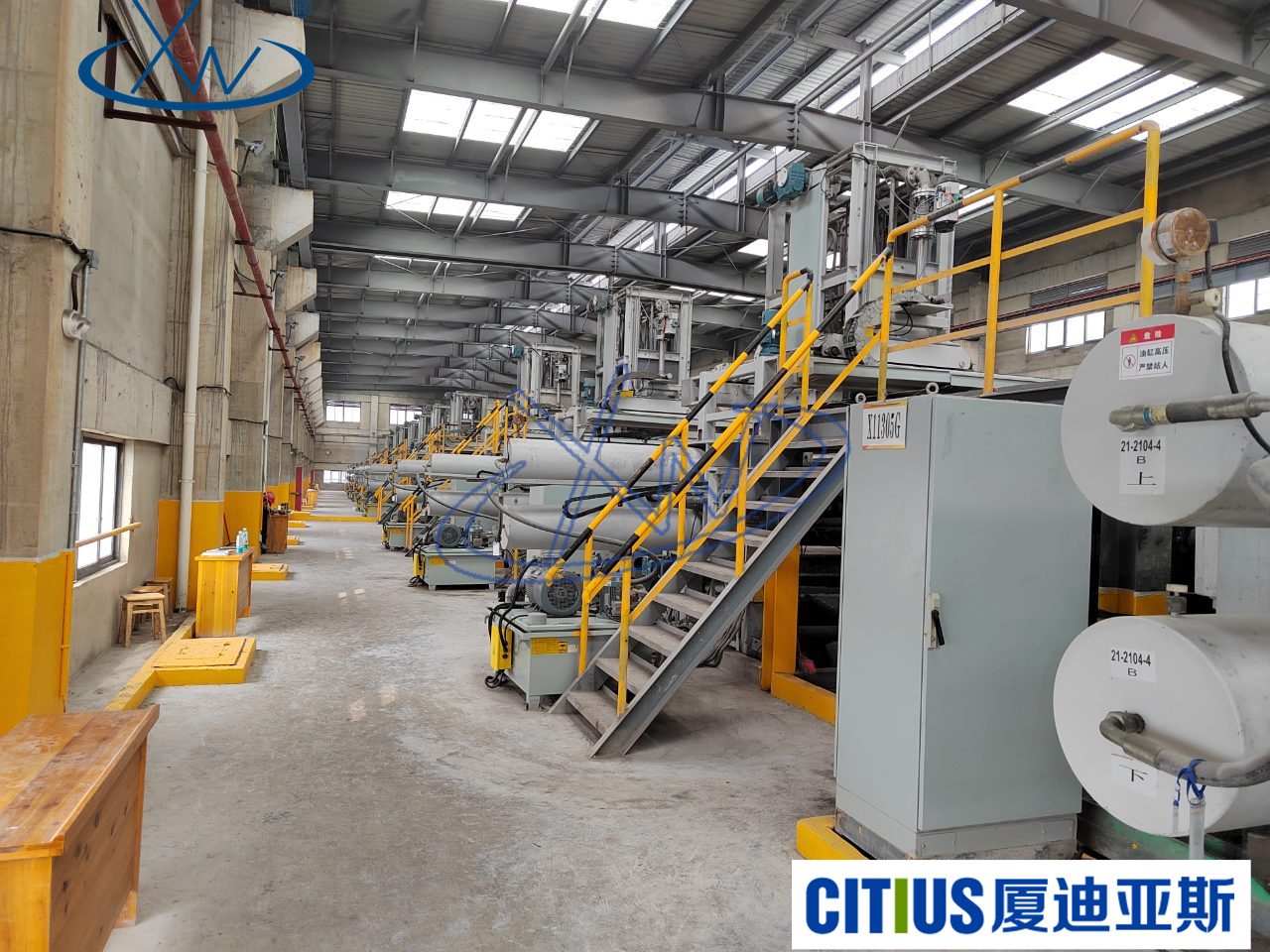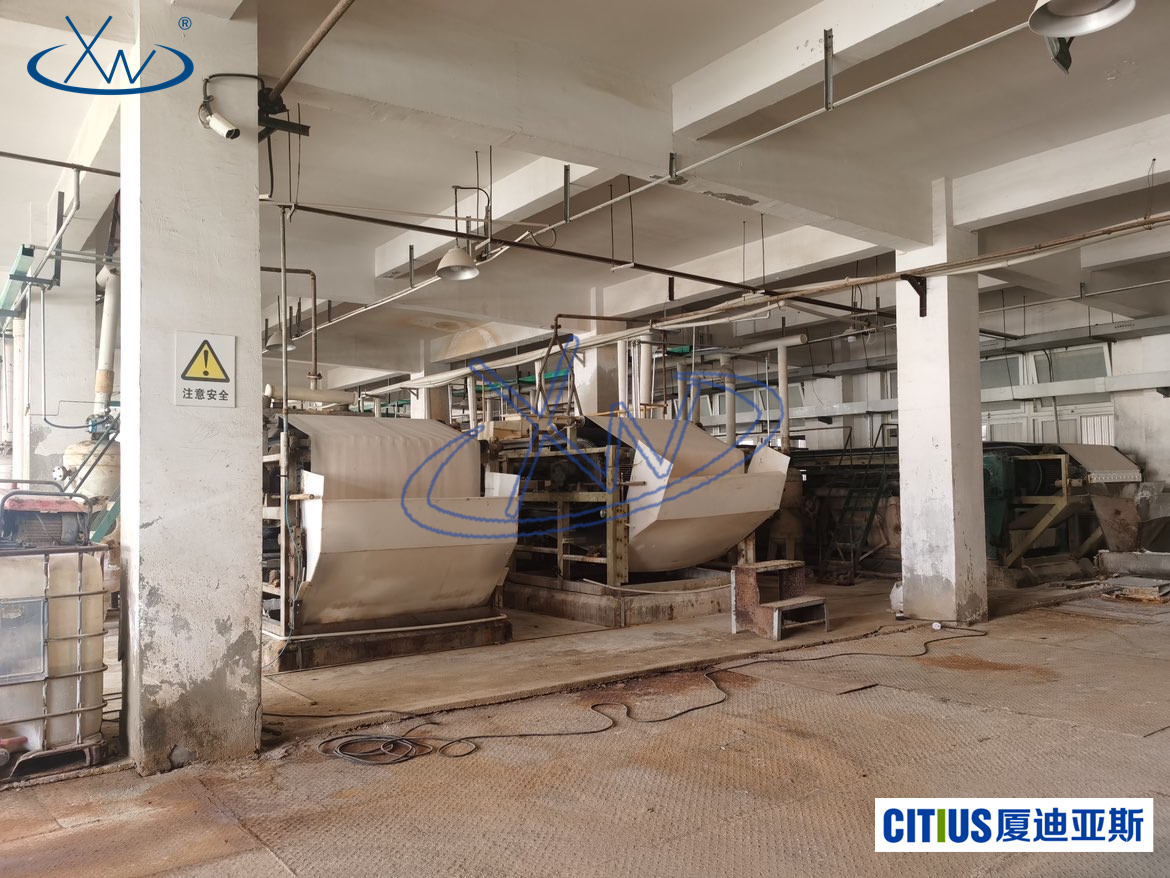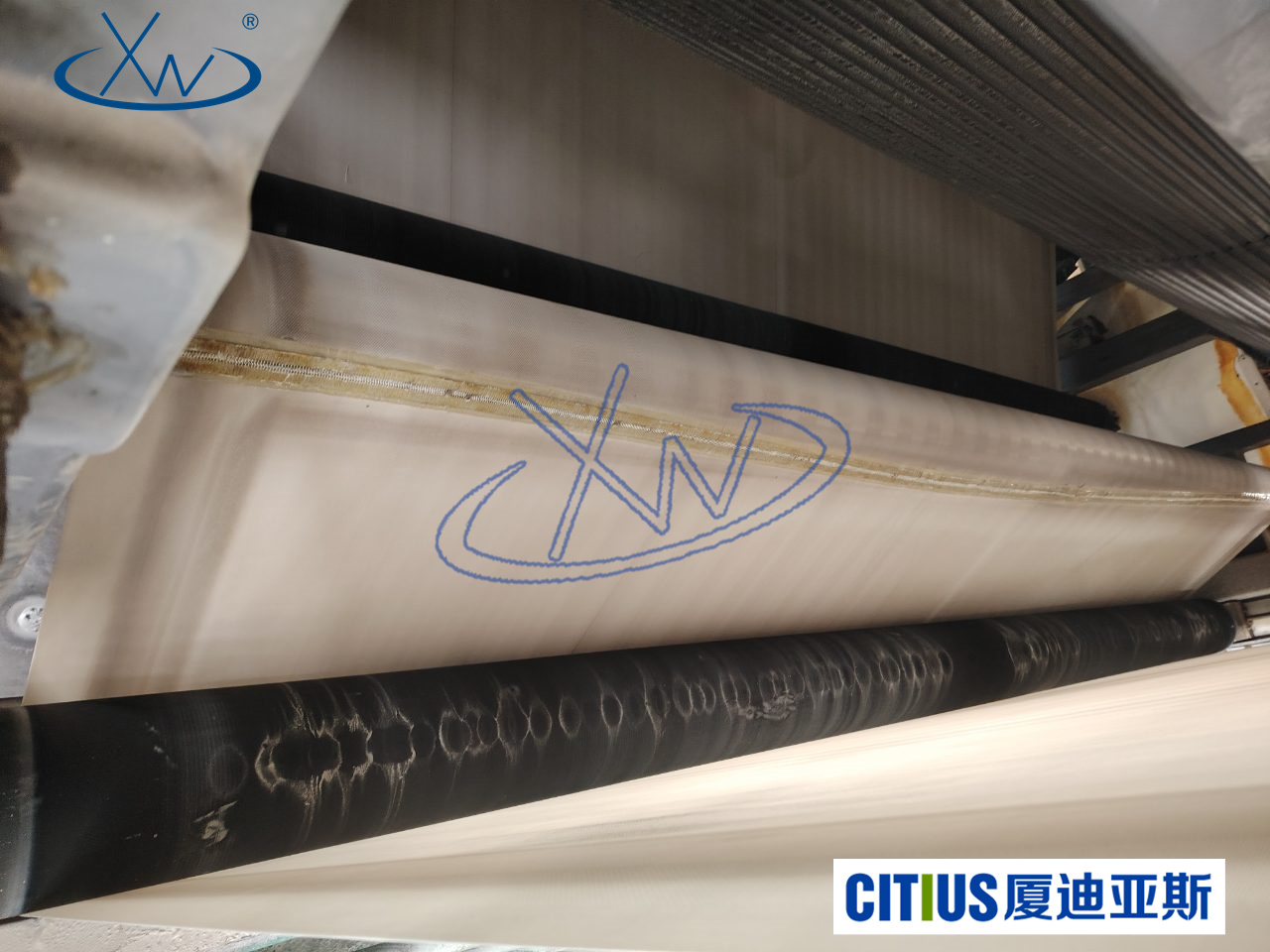In-depth analysis of filter cloths and sludge dewatering belts for filter presses: the unseen filtration heroes
Release time:
2025-04-08
In wastewater treatment, industrial solid-liquid separation, and resource recovery, filter presses have become indispensable equipment. One of the core components supporting their efficient and stable operation is Filter cloth for filter press and dewatering belt for sludge . Although they are not as eye-catching as the entire equipment, they play a decisive role in actual operation—filtration accuracy, filter cake shedding effect, processing efficiency, and equipment service life are almost all closely related to them.
It can be said that a high-quality filter cloth is the true "unsung hero" in the filter press system.
I. What are filter press filter cloths and sludge dewatering belts?
1. Filter press filter cloth
The filter press filter cloth is a filter medium installed on the filter plate of the filter press, and its main function is to achieve solid-liquid separation. On the one hand, it allows liquid to pass through the filter cloth and be discharged, while on the other hand, it firmly retains solid particles to form a dry filter cake. It is widely used in municipal sludge, metallurgy and mining, chemical and pharmaceutical, food and environmental protection industries.
Different types of filter presses (such as plate and frame, box, diaphragm, etc.) have different technical requirements for the thickness, air permeability, tensile strength, and filter cake peelability of the filter cloth.
2. Sludge dewatering belt
The belt is mainly used for belt filter press and is a continuously operating dewatering medium. It needs to have excellent wear resistance and water drainage capacity, and maintain stability under long-term tension and pressing conditions. It is usually a double-layer or multi-layer woven structure, commonly used in urban wastewater treatment plants, industrial park wastewater treatment systems, paper sludge, river dredging and other dewatering treatment processes.
In short: filter cloth is more like the key to "static dehydration technology," while the belt belongs to the core of "dynamic continuous dehydration system".
II. Working mechanism of filter cloth and belt
The filtration principle of filter cloth:
Feeding stage : The slurry pumped by the pump enters the filter press chamber.
Filtration stage : Liquid flows out through the filter cloth, and solids are retained on the surface of the filter cloth to gradually form a filter cake.
Pressing stage : Pressure is applied to the filter plates to compact the filter cake and further remove water.
Cake discharging stage : The filter plates open, and the filter cake is automatically or manually peeled off.
High-quality filter cloth can significantly improve the solid content of the filter cake, shorten the filtration cycle, and facilitate cake discharging.
The operation process of the belt:
Slurry feeding : Sludge is evenly distributed onto the filter belt through the supporting equipment.
Gravity dewatering zone : Preliminary dewatering by gravity.
Wedge zone : The two belts begin to clamp the sludge, gradually increasing the pressure.
Pressing zone : Gradually press and dry through multiple rollers.
Discharging zone : The dried mud cake is peeled off from the filter belt and enters the conveying system.
A good belt can maintain stable water lines, improve the dryness of the mud cake, reduce energy consumption, and extend the equipment operation cycle.
III. Technical requirements: What qualities should a good filter cloth/belt have?
1. High filtration efficiency
It must be able to complete effective solid-liquid separation in the shortest time, improving the efficiency of the entire processing system.
2. Excellent balance of air permeability and retention
Filter cloths and belts must not only be able to "permeate" but also "retain"—they must be able to drain efficiently without allowing solid particles to penetrate and cause secondary pollution.
3. Acid and alkali resistance and high-temperature performance
Especially in the chemical, pharmaceutical, and metal processing industries, filter cloths must withstand strongly corrosive media and high-temperature environments, so they must have excellent chemical stability.
4. Strong support and tensile stability
Filter cloths operate under high tension and high frequency for long periods, and must have good breaking strength and tensile properties.
5. Good filter cake peelability
A filter cloth that "sticks" to the cake will cause serious blockage and frequent shutdowns. An ideal filter cloth should have good surface smoothness and mud cake shedding performance.
IV. Applications: Which industries cannot do without it?
Municipal wastewater treatment : Core material for sludge dewatering, reducing water content and transportation costs.
Mining and metallurgy : Such as the treatment of beneficiation tailings, coal mud water, and metal ore slurry.
Chemical and pharmaceutical : High requirements for solid-liquid separation. Filter cloths must meet the requirements of corrosion resistance and high-temperature resistance.
Paper and textile : Used for white water recovery, pulp concentration, etc.
Food and beverage : Such as bean dregs dewatering and lees treatment, and the selection of sanitary filter cloths is increasingly emphasized.
V. Selection suggestions for filter press filter cloths and belts
Different filter cloths match different equipment:
| Equipment Type | Recommended Filter Cloth Structure | Features |
|---|---|---|
| Plate and frame filter press | Single-layer thick woven filter cloth | High filtration accuracy, easy cake discharge |
| Membrane filter press | Double-layer/multi-layer composite structure | Good pressure resistance, suitable for high-pressure dehydration |
| belt filter press | Spiral drying net/composite belt | Good water permeability, dynamic stability, easy to clean |
Common Parameter Suggestions:
Air permeability : 300–600 L/m²/s (depending on the mud quality)
Thickness : 0.7–1.8 mm (affects mud cake separation)
Breaking strength : >1500 N/5cm
Material : Polyester (PET), Polypropylene (PP), reinforced composite materials, etc.
Notes:
Pre-soak before first use to enhance filter cloth flexibility;
Regular high-pressure cleaning to prevent scaling and blockage;
Strictly align the installation to avoid local wear;
Avoid excessive feeding during operation to prevent filter cloth tearing.
VI. Xiamen Xiadiasi's Powerful Solutions
As a professional provider of filtration system solutions, Xiamen Xiadiasi Filtration Materials Technology Co., Ltd. has been deeply engaged in the filtration material industry for 30 years and has accumulated technology of over 400 types of filtration media. For the sludge dewatering field, the company has launched a series of high-performance filter cloths for filter presses and filter belts for belt filter presses with the following advantages:
Strong adaptability : Compatible with various filter presses (chamber, membrane, belt, etc.);
Efficient dehydration : Optimizing filter pore design and weaving structure to enhance processing capacity;
Easy mud cake separation : Specially treated to avoid cloth blockage and adhesion;
Wear-resistant and corrosion-resistant : Extend service life and reduce customer replacement costs;
Fast Customization : Provide one-on-one selection guidance to meet the needs of different customers' sites.
Whether in municipal wastewater treatment plants or in heavy industry, mining, fine chemicals, and environmental protection projects, Xiadiasi's filter cloths and belts have won the trust of many customers with their stable, durable, and efficient performance.
Conclusion: Filtration technology determines the height of future wastewater treatment
Filter press filter cloths and belts, although low-key components, determine the height and lower limit of the entire filtration system. Only by truly understanding it, choosing it right, and using it well can the equipment perform to its maximum potential, lower operating costs, and make environmental treatment more sustainable.
In the vast track of future environmental protection and resource regeneration, filter cloths, though small, are of great significance. Professional companies like Xiadiasi will continue to use innovation and quality to push the entire industry towards higher standards.






